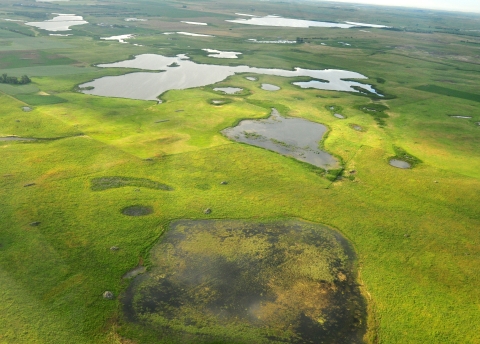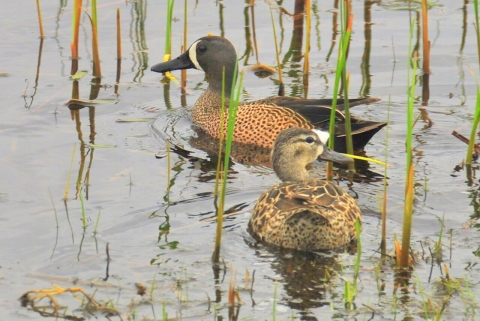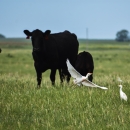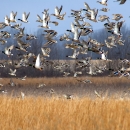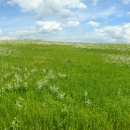Visit Us
Sand Lake Wetland Management District is in the central portion of the Prairie Pothole Region. Since waterfowl production area waterfowl production area
Waterfowl production areas are small natural wetlands and grasslands within the National Wildlife Refuge System that provide breeding, resting and nesting habitat for millions of waterfowl, shorebirds, grassland birds and other wildlife. Virtually all waterfowl production areas are in the Prairie Pothole Region states of Iowa, Minnesota, Montana, North Dakota and South Dakota.
Learn more about waterfowl production area lands are purchased with outdoor enthusiasts' dollars, they are managed so that the public may use them for a variety of activities. These include hunting, hiking, photography, wildlife observation, outdoor education, and interpretation.
Location and Contact Information
About Us
The wetland management district wetland management district
A wetland management district is a U.S. Fish and Wildlife Service office that manages waterfowl production areas in one or more counties. Waterfowl production areas are small natural wetlands and grasslands that provide breeding, resting and nesting habitat for waterfowl, shorebirds, grassland birds and other wildlife. The Fish and Wildlife Service acquires waterfowl production areas under the authority of the Migratory Bird Hunting and Conservation Stamp Act, primarily using funds from the sale of Federal Duck Stamps. The Refuge System’s 38 wetland management districts comprise thousands of waterfowl production areas – almost all in the Prairie Pothole Region of the Northern Great Plains.
Learn more about wetland management district , which includes eight north central South Dakota counties, is comprised of 43,000 acres of Waterfowl Production Areas. Waterfowl Production Areas are open to hunting, fishing, trapping, wildlife photography, wildlife observation, environmental education, and interpretation. The Sand Lake Wetland Management District has an active easement acquisition program that partners with willing landowners to preserve important wildlife habitats on private lands.

